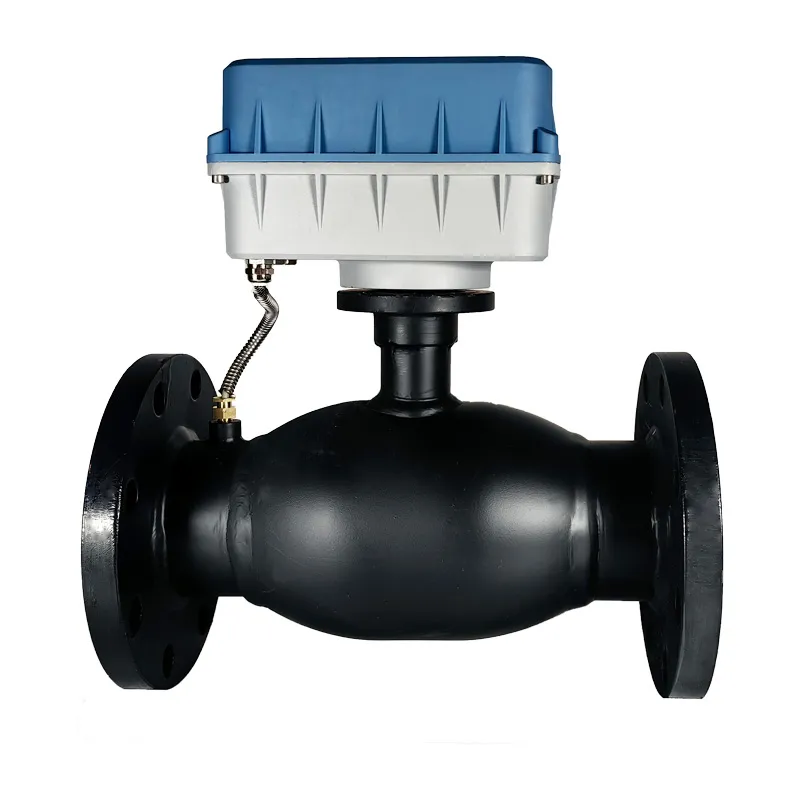Avoid your inquiry is delay response, please enter your WhatsApp/WeChat/Skype along with the message, so we can contact you at the very first time
We will reply you within 24 hours. If for urgent case, please add WhatsApp: +86 13188899036, or WeChat: 0531-87968777. Or call 0531-87968777 directly.
* We respect your confidentiality and all information are protected. We will only use your information to respond to your inquiry and will never send unsolicited emails or promotional messages.
In my years of valve manufacturing, I’ve seen many buildings struggle with uneven heating and cooling. Automatic balancing valves have revolutionized how we solve these distribution problems.
An automatic balancing valve maintains constant flow rates in HVAC and plumbing systems regardless of pressure changes. It uses a self-adjusting mechanism to regulate flow, ensuring optimal system balance without manual intervention.

Balancing Valve Mechanism
Let me share my expertise on these remarkable flow control devices that have transformed building efficiency.
During a recent high-rise project, the placement of balancing valves proved crucial for system performance.
Balancing valveshttp://www.navarchjncn.com/2025/02/ductile-iron-balance-valve-2/ are installed at key points in the distribution system, typically on return lines of heating/cooling circuits, at riser bases, and before terminal units. Their location ensures proper flow distribution1 throughout the building.
My experience in designing and optimizing HVAC systems has taught me the critical importance of proper valve placement. Let me share insights from numerous successful installations.
Key Installation Locations:
I recently completed a 30-story office building project where strategic valve placement achieved remarkable results:
| Location | Purpose | Result |
|---|---|---|
| Riser Base | Flow distribution | ±5% flow accuracy |
| Terminal Units | Local control | 15% energy savings |
| Branch Lines | Zone balancing | Even temperature |
| Return Lines | System balance | Reduced pumping costs |
| Bypass Circuits | Pressure control | Extended equipment life |
The comprehensive installation strategy included:
This question frequently comes up during my consulting sessions with contractors and engineers.
Balancing valves can be installed vertically or horizontally, but proper orientation is crucial for optimal performance. The installation position affects valve accuracy and maintenance accessibility.
Through years of installation experience, I’ve developed detailed guidelines for valve orientation. Let me share what I’ve learned about maximizing valve performance through proper installation.
Vertical Installation Considerations2:
I recently documented these comparison metrics from actual installations:
| Aspect | Vertical Mount | Horizontal Mount |
|---|---|---|
| Space Required | Minimal | More |
| Access for Service | Better | Limited |
| Air Handling | Excellent | Good |
| Sediment Issues | Minimal | Moderate |
| Installation Cost | Similar | Similar |
From my manufacturing experience, this distinction is crucial for proper system design.
A balancing valve maintains constant flow rates automatically, while a modulating valve3 actively varies flow based on control signals. Balancing valves provide passive control, whereas modulating valves offer active flow adjustment.
My work in valve design and implementation has given me deep insights into the differences between these valve types. Let me share practical examples from real-world applications.
Balancing Valve Characteristics:
Modulating Valve Features:
From recent projects, I’ve documented these key differences:
| Feature | Balancing Valve | Modulating Valve |
|---|---|---|
| Power Required | No | Yes |
| Control Type | Passive | Active |
| Flow Pattern | Constant | Variable |
| Cost | Lower | Higher |
| Maintenance | Minimal | Regular |
Based on countless system installations, I understand the importance of circuit balancing valve4 operation.
A circuit balancing valve combines flow measurement and control functions to maintain proper system balance. It uses internal components to automatically adjust flow resistance based on system pressure changes.
My experience in designing and troubleshooting hydronic systems has given me detailed knowledge of circuit balancing valve operation. Let me share insights from actual system implementations.
Operating Principles:
From a recent hospital project, here are the measured benefits:
| Feature | Impact | Result |
|---|---|---|
| Flow Control | ±3% accuracy | Consistent comfort |
| Energy Use | 25% reduction | Lower costs |
| System Balance | Perfect distribution | Even heating/cooling |
| Maintenance | 60% less time | Reduced labor |
| Lifespan | 15+ years | Long-term reliability |
Automatic balancing valves are essential for maintaining optimal flow distribution in modern HVAC systems. Their proper selection, placement, and installation ensure efficient operation and significant energy savings across building systems.